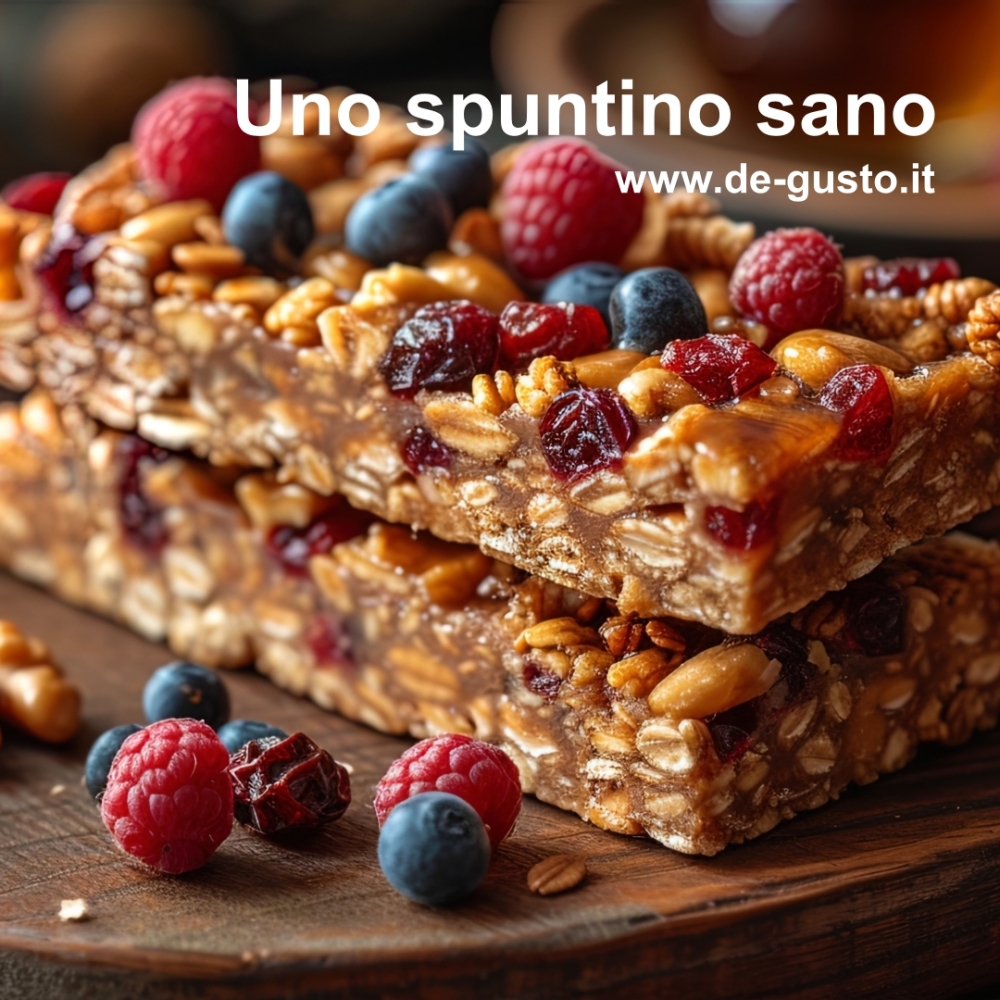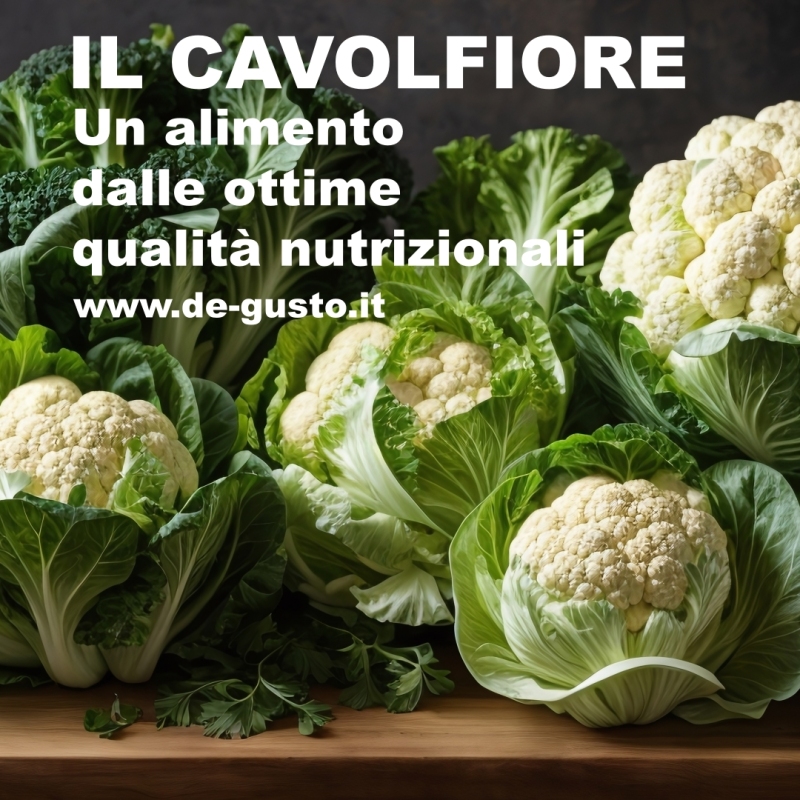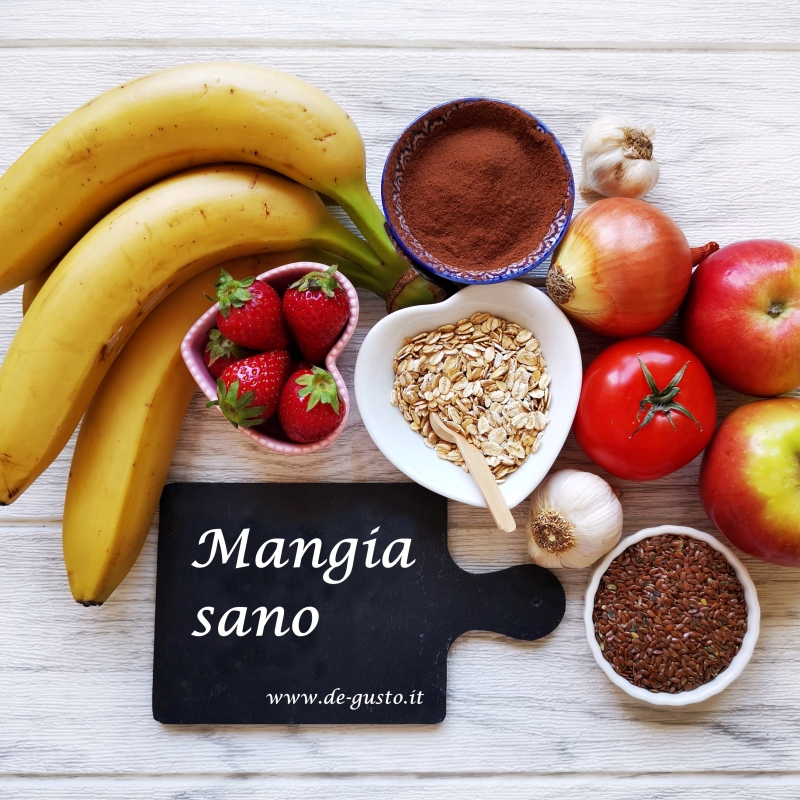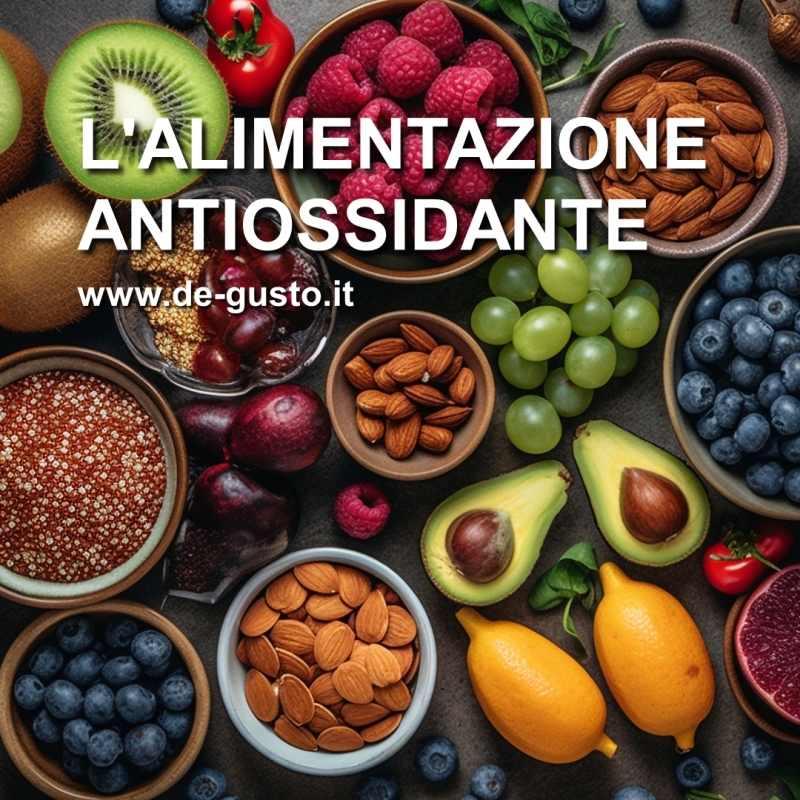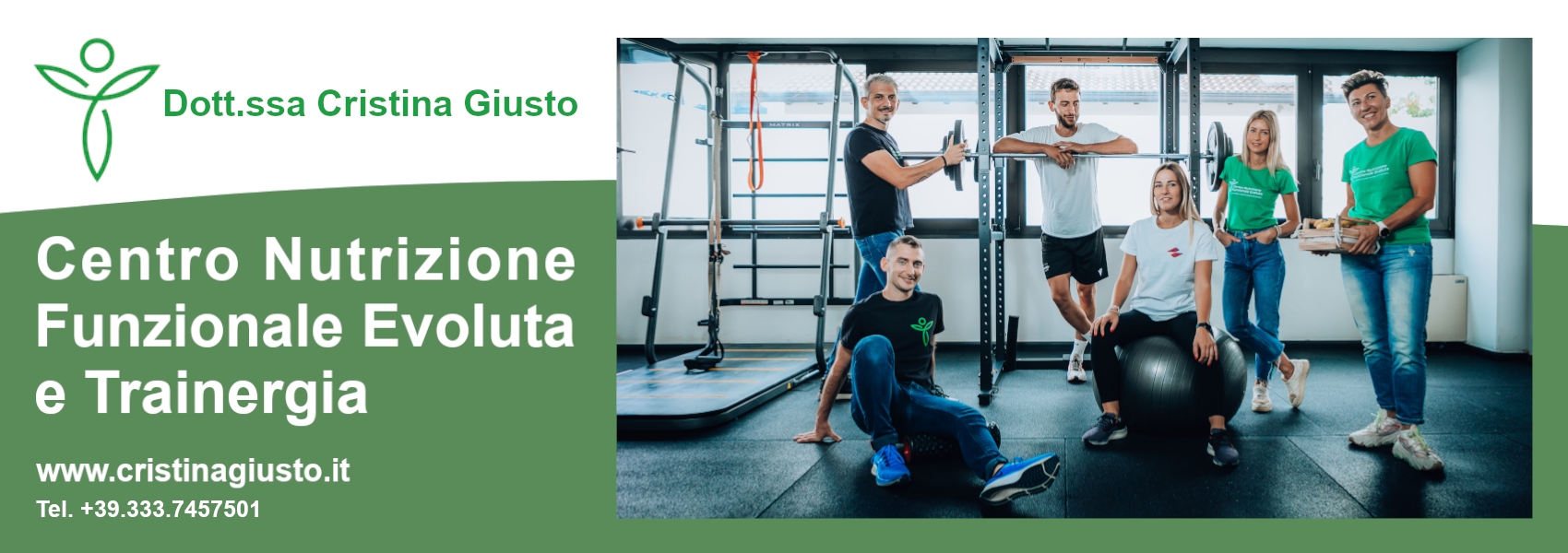Snacking represents a moment of pause and relaxation, useful for regaining some energy, especially after an intense study or work activity.
Many people do not give snacks the importance they deserve, but in reality they are a fundamental part of a balanced diet as they help keep blood sugar levels more constant, avoiding long periods of fasting.
They also make it possible to maintain adequate energy levels during the day and avoid overindulging in meals.
Two snacks per day are ideal: as a general rule, snacks should be taken mid-morning and/or mid-afternoon; it is important that they are not too close to the next meal.
Very often, people do not eat fruit for breakfast or after meals and it is a good way to include it. Also, if you do sport or train in the gym, it is useful to eat something beforehand so that you have the energy needed for exercise.
As a general rule, each snack should provide no more than 5 per cent of the total daily energy, i.e. around 200 to 300 kcal, but it should be adapted to the person and his or her daily routine and should be included according to the daily distribution of macronutrients.
So what characteristics should a healthy snack have?
First of all, it must be balanced, without exaggerating with sugar; it is important to prefer natural rather than packaged foods; finally, it should be light and practical.
How long before a physical activity is it recommended to have a snack?
About 3 h before if the snack is complete with protein, carbohydrates, fat and/or fibre.
Otherwise at least 1 h 30 - 2 h before if the snack is based on carbohydrates and protein, and up to 15-30 minutes before if the snack contains only carbohydrates for workouts that require it.
Which snacks should be avoided instead? So-called 'diet' bars and snacks, which in reality often contain additives, do not provide the right nutrients and do not help you lose weight
Here are some practical ideas:
- a medium-sized fruit, the low calories and high fibre content contribute to a greater sense of satiety
- fruit juice, taking care to favour the consumption of 100 per cent fruit juices without added sugar
- dried fruit, but watch your calorie intake, ideally up to 30 grams of dried fruit per day, especially if you have an active lifestyle
- bread/gallets/ Wasa slices and sliced bread or jam
- white yoghurt with cereal or a piece of fruit
- chocolate, preferably at least 80 per cent dark
- crispy oven-roasted chickpeas
- bread with cottage cheese, a drizzle of honey and nuts
- fruit smoothie with vegetable drink and hazelnut kernels
- mashed apple or cooked pear with a spoonful of white yoghurt and pine nuts
- sliced banana with 100% dried fruit cream
- toasted bread with 100% dried fruit cream
- a cereal bar, preferably homemadeclick ⇒ Discover the recipe
(Article by Dr Giuliana Daniotti)
